How to do with the burnt tip of orchid leaves cultivated at home?
Orchids, often appear the phenomenon of scorched tip, a good end of a pot of orchids, the end of the leaves began to scorch, blackened, affecting the beauty of the whole pot of orchids.
Orchid leaf Jiaojian, it is generally caused by these reasons: first, the normal metabolism of bluegrass; second, diseases and insect pests; third, improper watering and fertilization; fourth, some external factors that affect the growth of bluegrass. But there is no need to worry, as long as it is not very serious, we just need to cut off the scorched tip of bluegrass, even if it is caused by diseases and insect pests, it will not affect the normal growth of bluegrass.
If the scorched leaves of bluegrass are serious, you can consider doing some rescue from the following aspects:
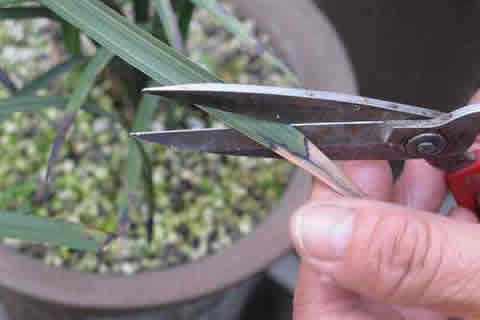
I. Diseases and insect pests
If at the same time, bluegrass also has scorched leaves, rotten leaves, rotten roots and so on, we should check whether bluegrass is infected with diseases and insect pests. Home-raised orchids are more prone to such diseases and insect pests in general in summer and autumn. If infected with diseases and insect bacteria, they are more prone to diseases and insect pests. Once determined, the leaves and roots of diseases and insect pests should be cleaned in time, the coke tip of bluegrass should be cut off, and then sterilization should be carried out with fungicides.
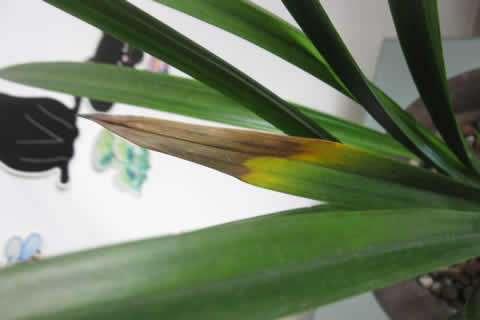
2. Fertilizing and watering
Watering is the most important link in orchid culture. Only when watering is done, can orchids flourish and bloom normally. Rain Water is the first to be watered. If tap water is used, it should be placed in the open air for a day before use. Orchid is a kind of dry plant, especially its fleshy roots can not accumulate water, otherwise it will rot, resulting in scorched leaves, so watering should be watered from the edge of the orchid basin to keep the orchid leaves from stagnant water.
To fertilize bluegrass, we should try not to use thick fertilizer, use more thin fertilizer, apply a small amount of fertilizer each time, a little more times, a little more fertilizer in spring and summer, less times in autumn, and basically no fertilizer in winter.
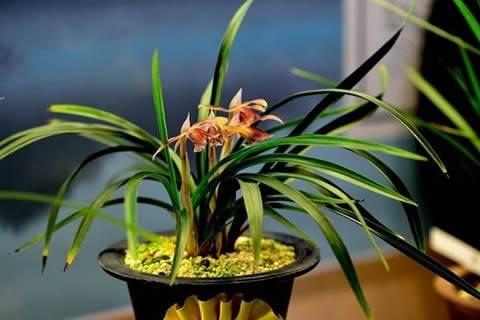
III. Other external factors
The factors affecting the scorched leaves of bluegrass are environment, weather, temperature, humidity, air and so on.
If possible, put the orchid leaves in an environment where there is no air pollution and fresh air. According to weather changes, bluegrass should be transported to a place where it will not be cold, rainy and sunny. At the same time, we should also pay attention to the air around the bluegrass to ensure the circulation of fresh air.
The characteristics of orchids determine that raising orchids is a time-consuming and laborious task. In the process of cultivating orchids, orchid lovers should constantly summarize, practice, improve the level of orchids, make your orchids look pleasing to the eye, and let your room be filled with the fragrance of orchids. Source: Lao Yao blog
- Prev
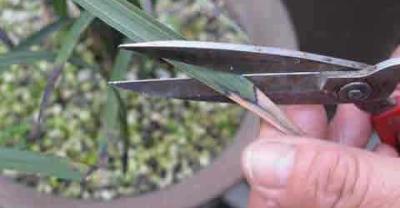
A New skill of succulent Culture-- hydroponic succulent Culture
Most succulent plants grow in arid areas. For a long time every year, the roots can not absorb water and can only rely on the water stored in the body to maintain life.
- Next
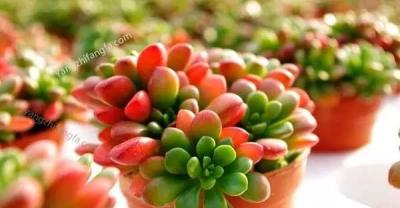
Flower cultivation skills: the breeding method of Ji obiyue
Ji Miaoyue is the most common succulent plant, which is native to Mexico. From the point of view of appearance, Jihaoyue is somewhat similar to stone lotus, with rich and full leaves.
Related
- On the eggshell is a badge full of pride. British Poultry Egg Market and Consumer observation
- British study: 72% of Britons are willing to buy native eggs raised by insects
- Guidelines for friendly egg production revised the increase of space in chicken sheds can not be forced to change feathers and lay eggs.
- Risk of delay in customs clearance Australia suspends lobster exports to China
- Pig semen-the Vector of virus Transmission (4)
- Pig semen-the Vector of virus Transmission (3)
- Five common causes of difficult control of classical swine fever in clinic and their countermeasures
- Foot-and-mouth disease is the most effective way to prevent it!
- PED is the number one killer of piglets and has to be guarded against in autumn and winter.
- What is "yellow fat pig"? Have you ever heard the pig collector talk about "yellow fat pig"?

